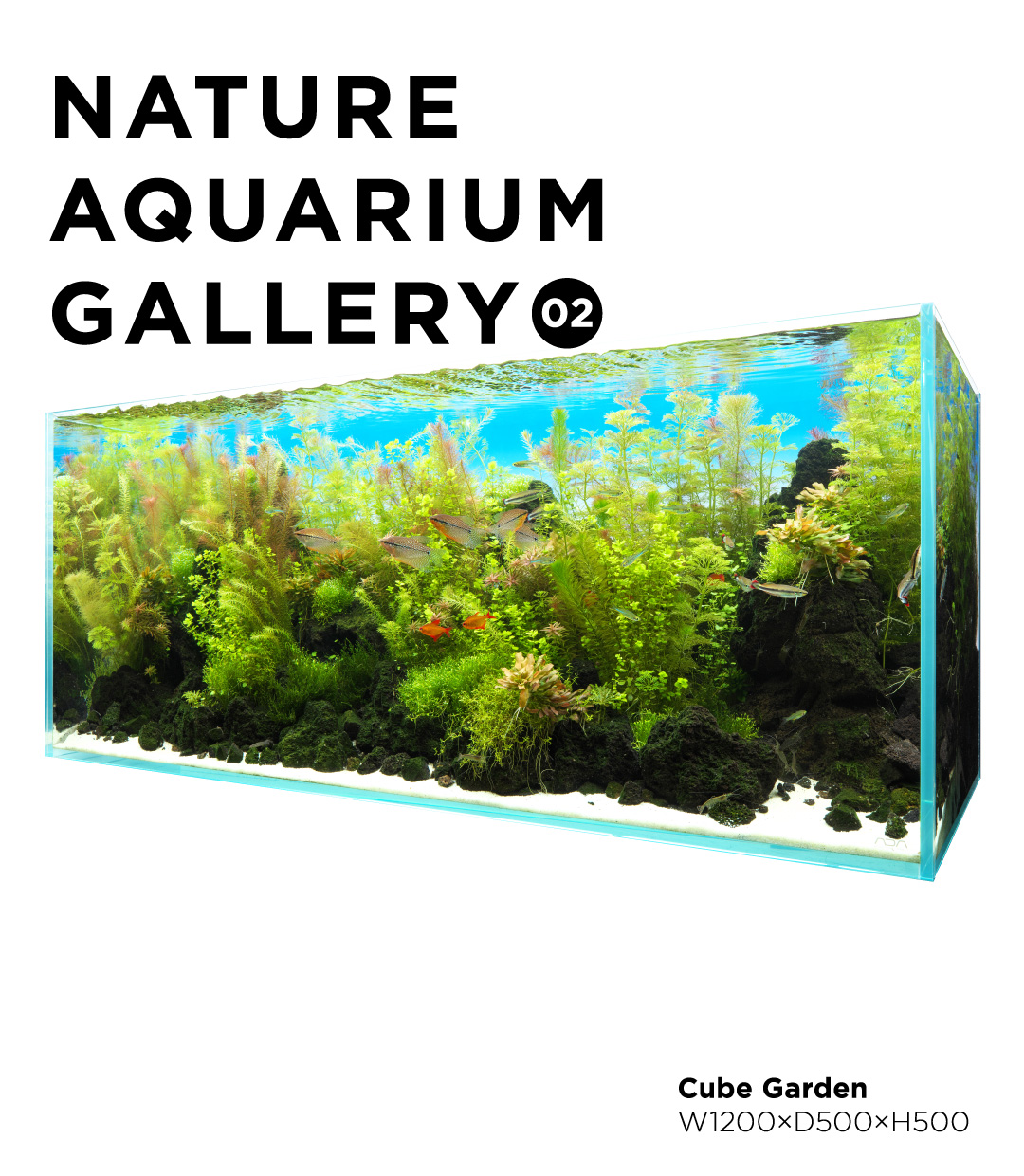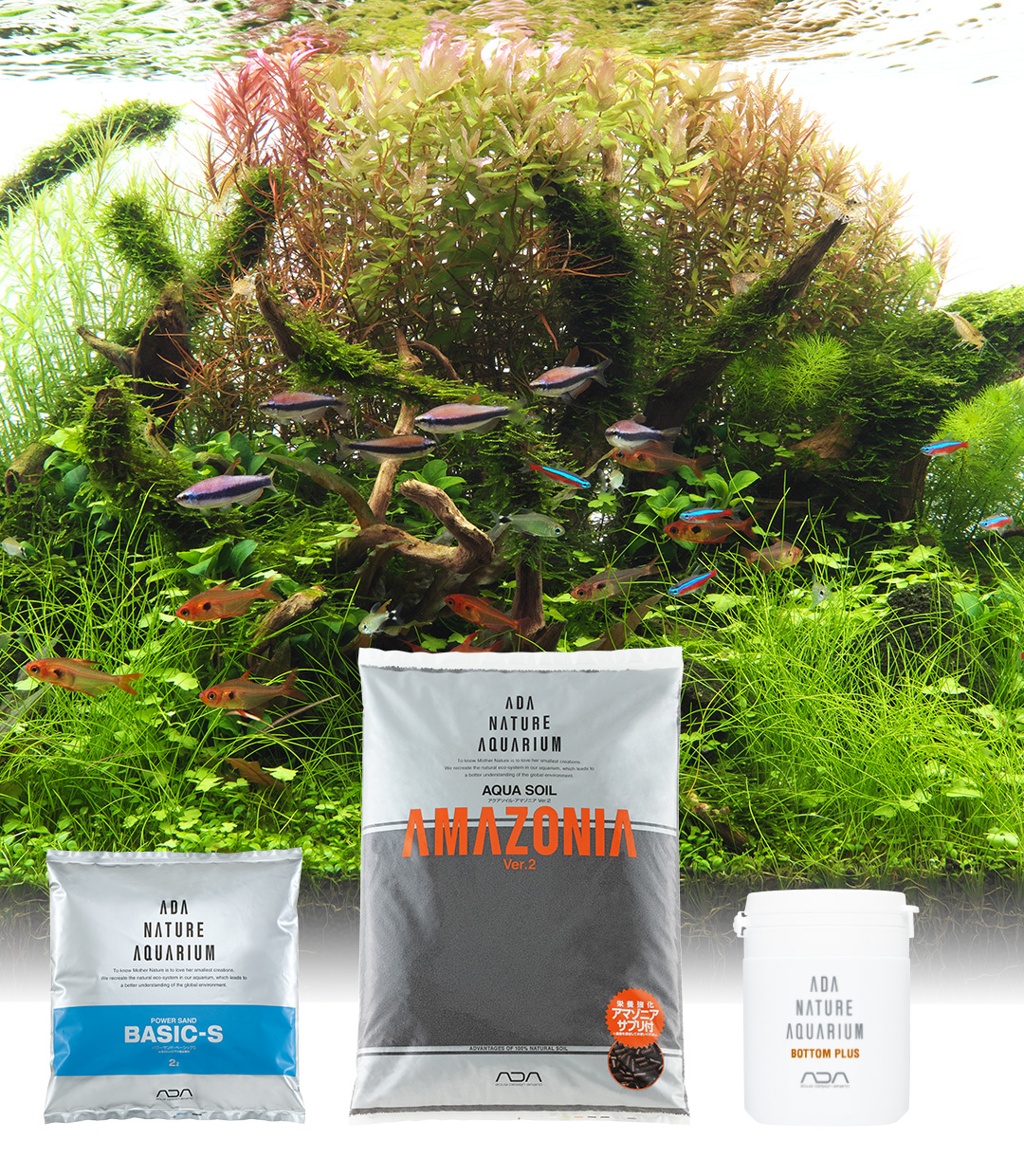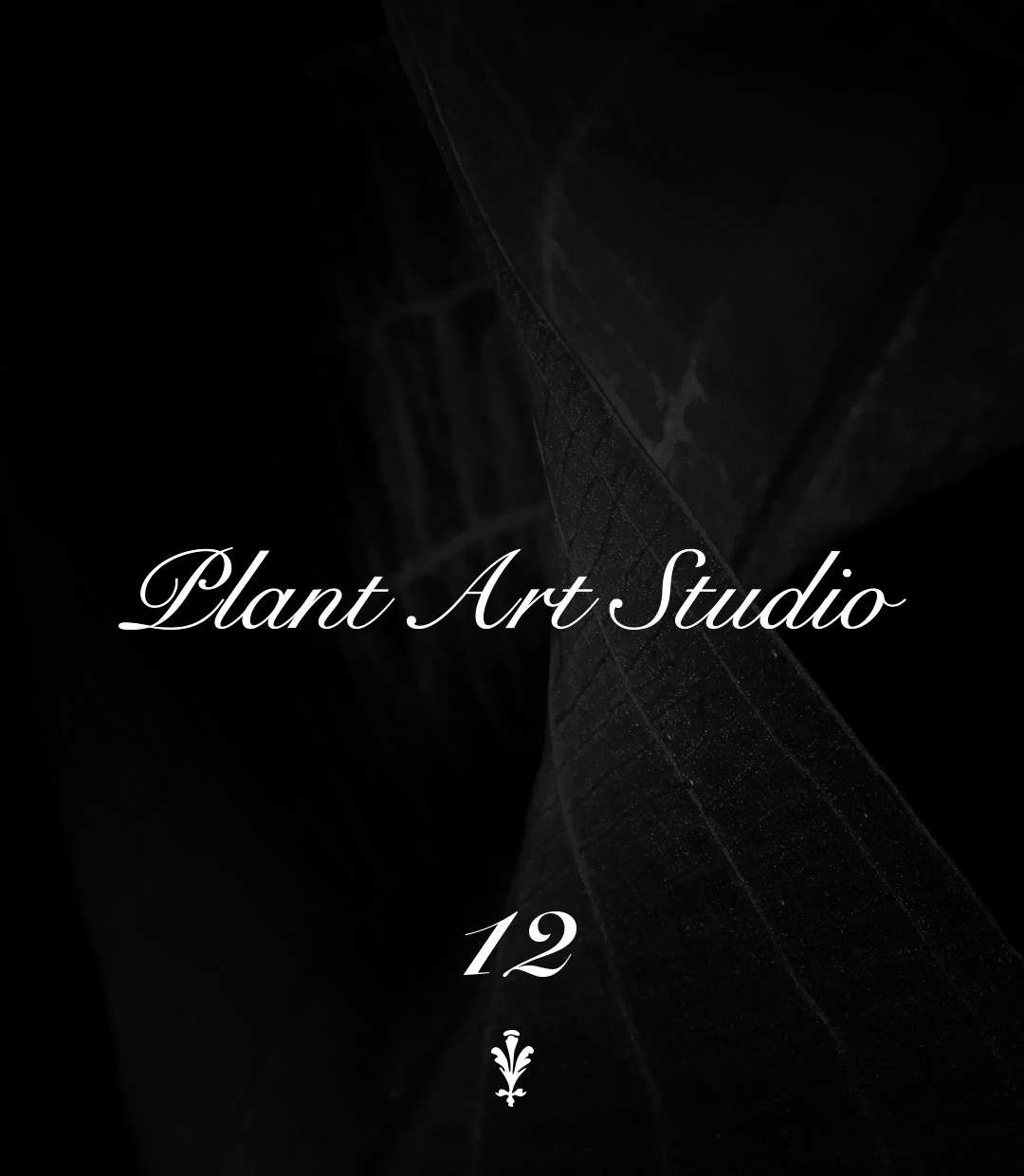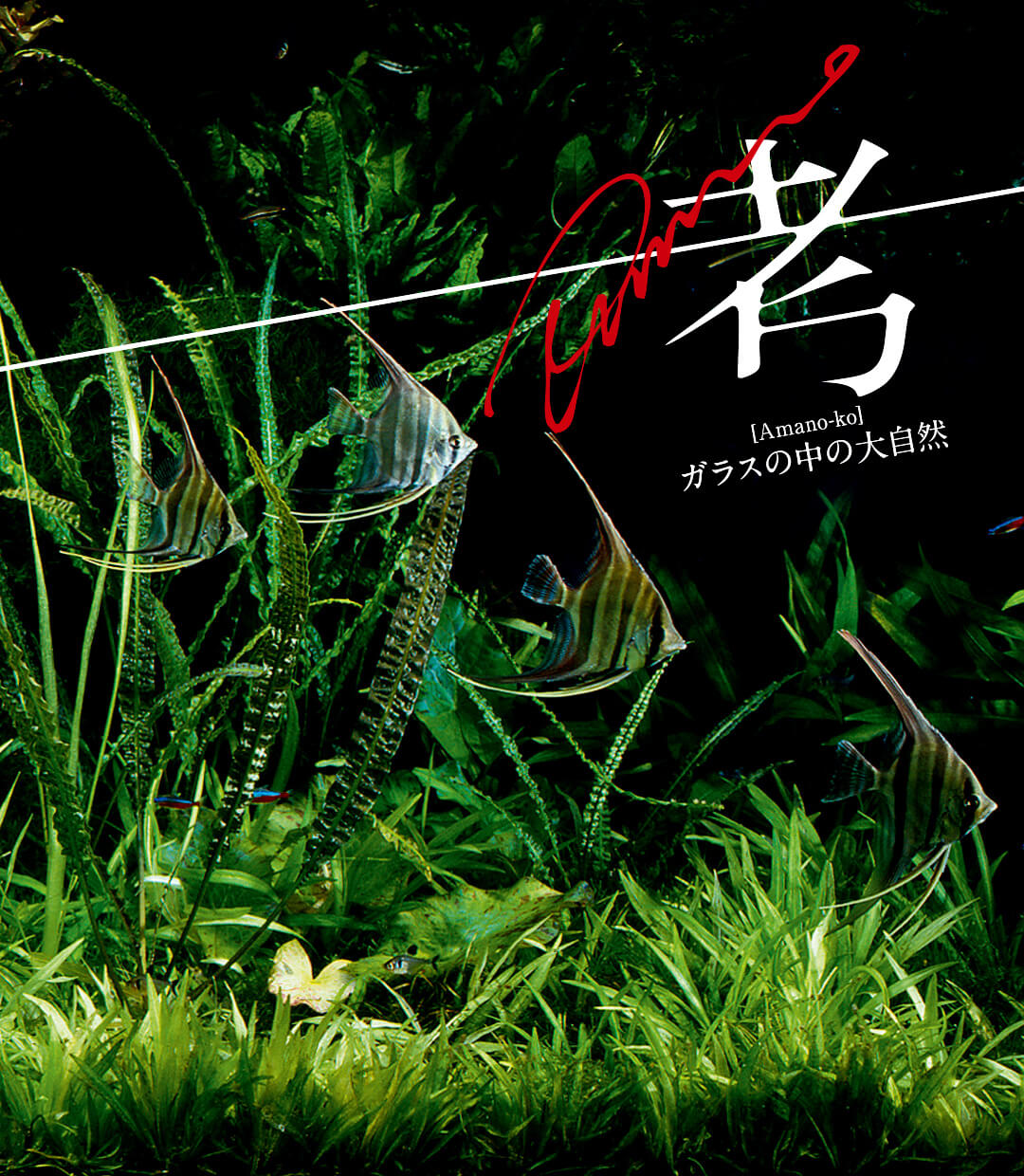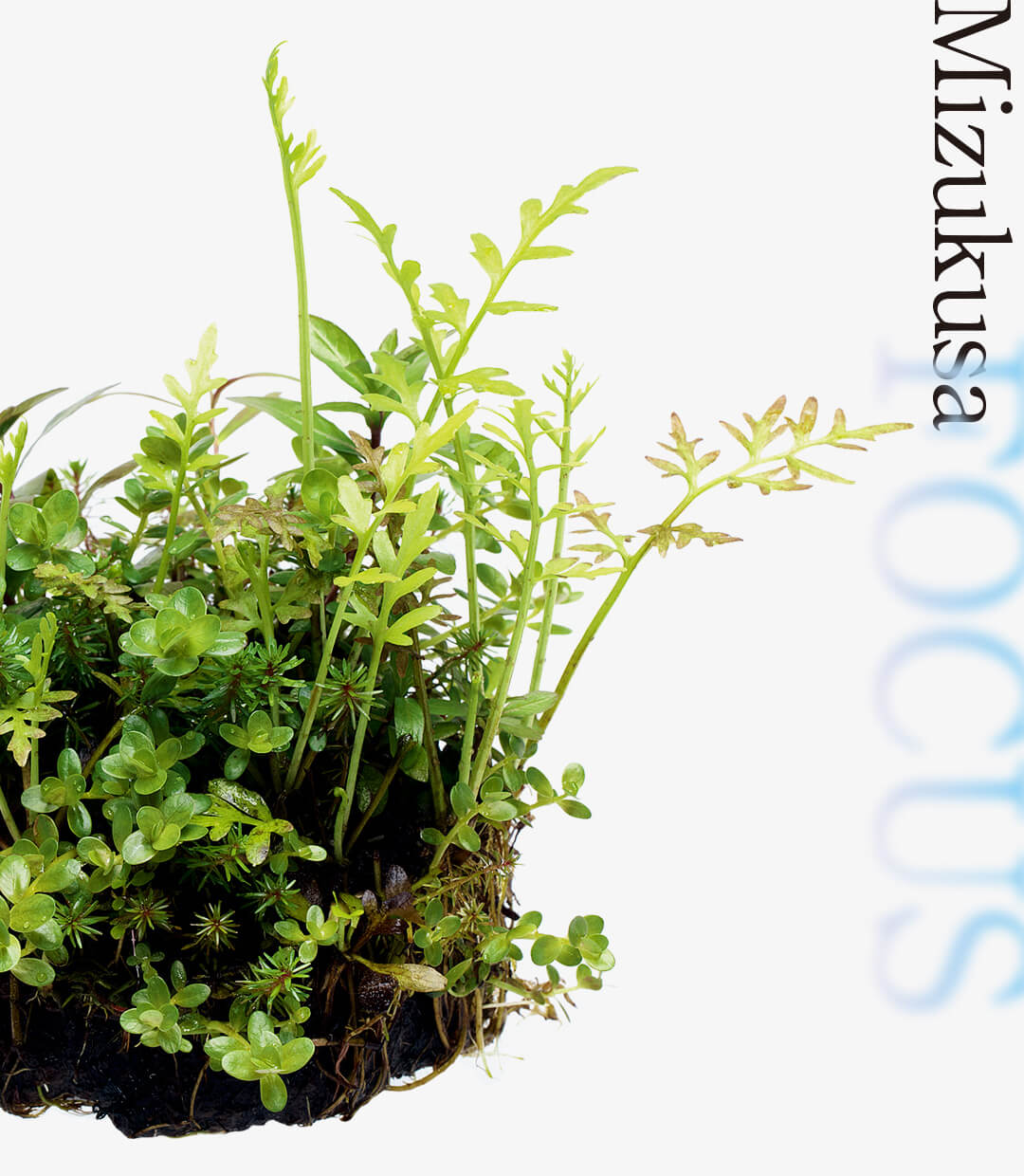LAYOUT 2022.08.05
NATURE IN THE GLASS 「Swaying in the Clear Stream」
“Swaying in the Clear Stream”
Inspired by clear streams of Japan, this aquascape expresses the bottom of a river, which has been formed by the force of water flow over a long period of time. I aimed to create a nostalgic yet new Japanese-style aquascape by combining native Japanese aquatic plants and freshwater fish, while thinking about how I got inspirations from the field, including stone arrangement and river gravel expression.
Inspired by clear streams of Japan, this aquascape expresses the bottom of a river, which has been formed by the force of water flow over a long period of time. I aimed to create a nostalgic yet new Japanese-style aquascape by combining native Japanese aquatic plants and freshwater fish, while thinking about how I got inspirations from the field, including stone arrangement and river gravel expression.
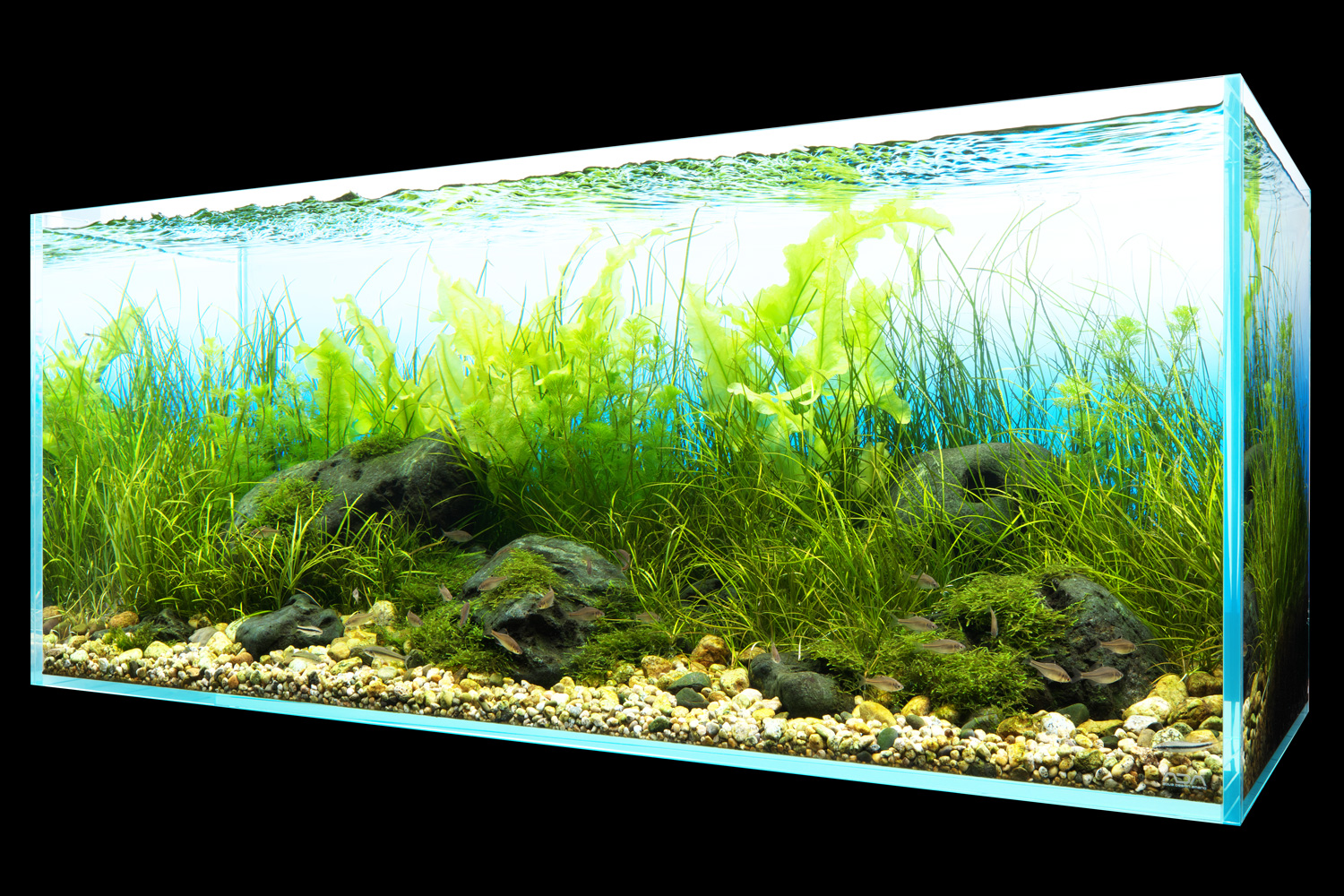
DATA
Shooting date: October 8, 2021 (ADA)
Creator: Daichi Araki (Layout creation・Text)
Aquarium: Cube Garden W120 x D50 x H50 (cm)
Lighting: Solar RGB x 2 turned on for 8.5 hours per day)
Filter: Super Jet Filter ES-1200 (Bio Rio G)
Material: Hakkai Stone
Substrate: Aqua Soil-Amazonia Ver.2, Power Sand Advance M, Bacter 100, Clear Super, Tourmaline BC, Gravel, Pebble (former Gravel M, L)
CO2: Pollen Glass Beetle 40Ø, 5 bubbles per second via CO2 Beetle Counter (using Tower)
Aeration: 15.5 hours after the light is turned off using Lily Pipe P-6
Additives: Green Brighty Neutral K, Green Brighty Mineral, Green Brighty Iron, Green Brighty Nitrogen
Water change: 1/3 once a week
Water quality: Water temperature 25°C pH: 6.2 TH: 50 mg/L
Aquatic Plants:
Cabomba caroliniana
Nuphar japonica
Vallisneria nana
Helanthium tenellum ‘Madeira’
Taxiphyllum barbieri
Fish and Invertebrates :
Rhodeus smithii smithii
Gnathopogon elongatus elongatus
Crossocheilus oblongus
Otocinclus sp.
Caridina multidentata
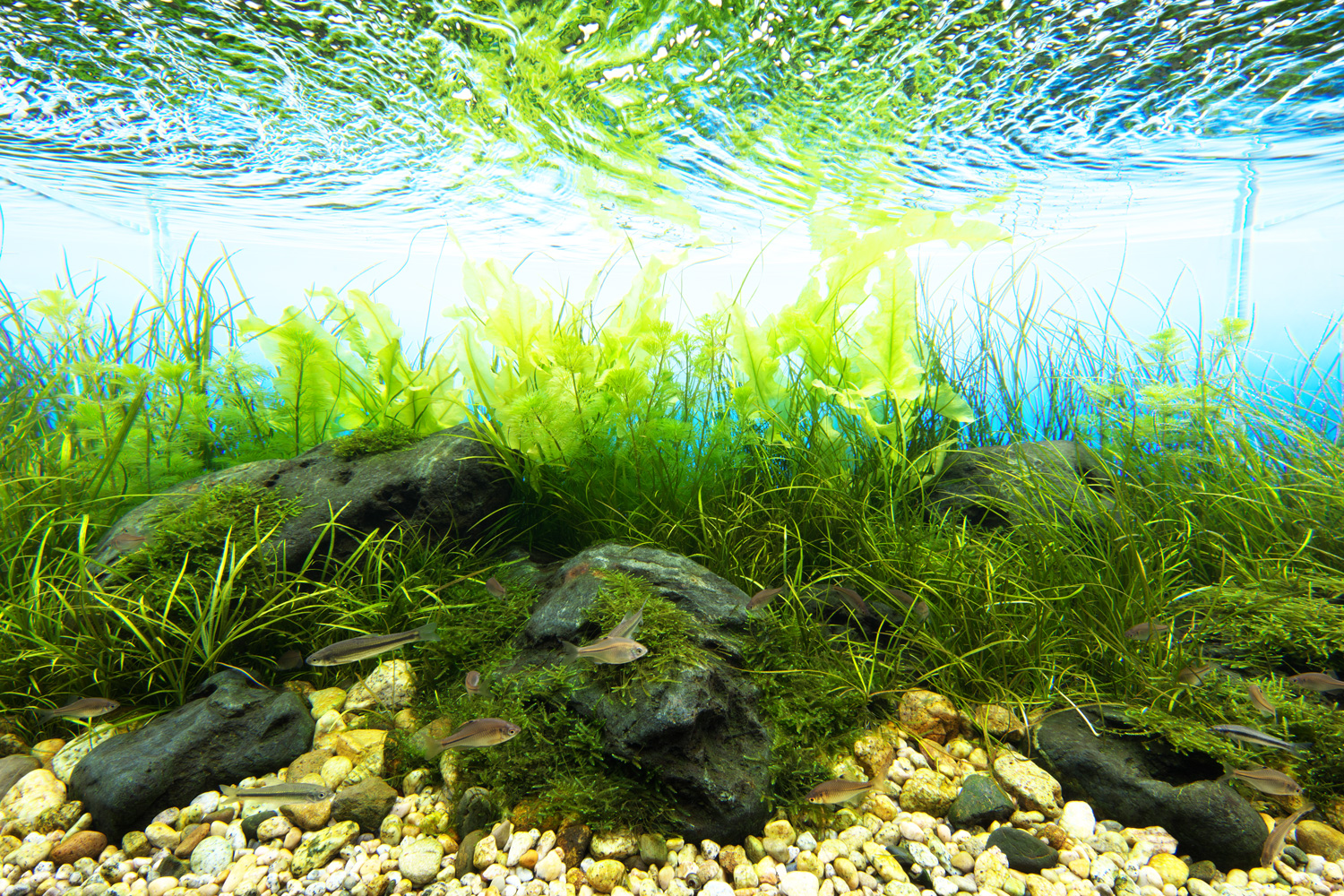
Iwagumi aquascape expressing nostalgia with a sense of harmony and coolness
The best part of Iwagumi with Hakkai Stone is not only the expression of the flow, but also the sense of coolness that can be felt from the smooth surface of the stone. In this aquascape, the stone arrangement and even the planting are designed to evoke the image of a clear stream in Japan. The fish selected for this project are Rhodeus smithii smithii and Gnathopogon elongatus elongatus, matching the concept of this aquascape with their subdued coloration, which is unique to Japanese freshwater fish.
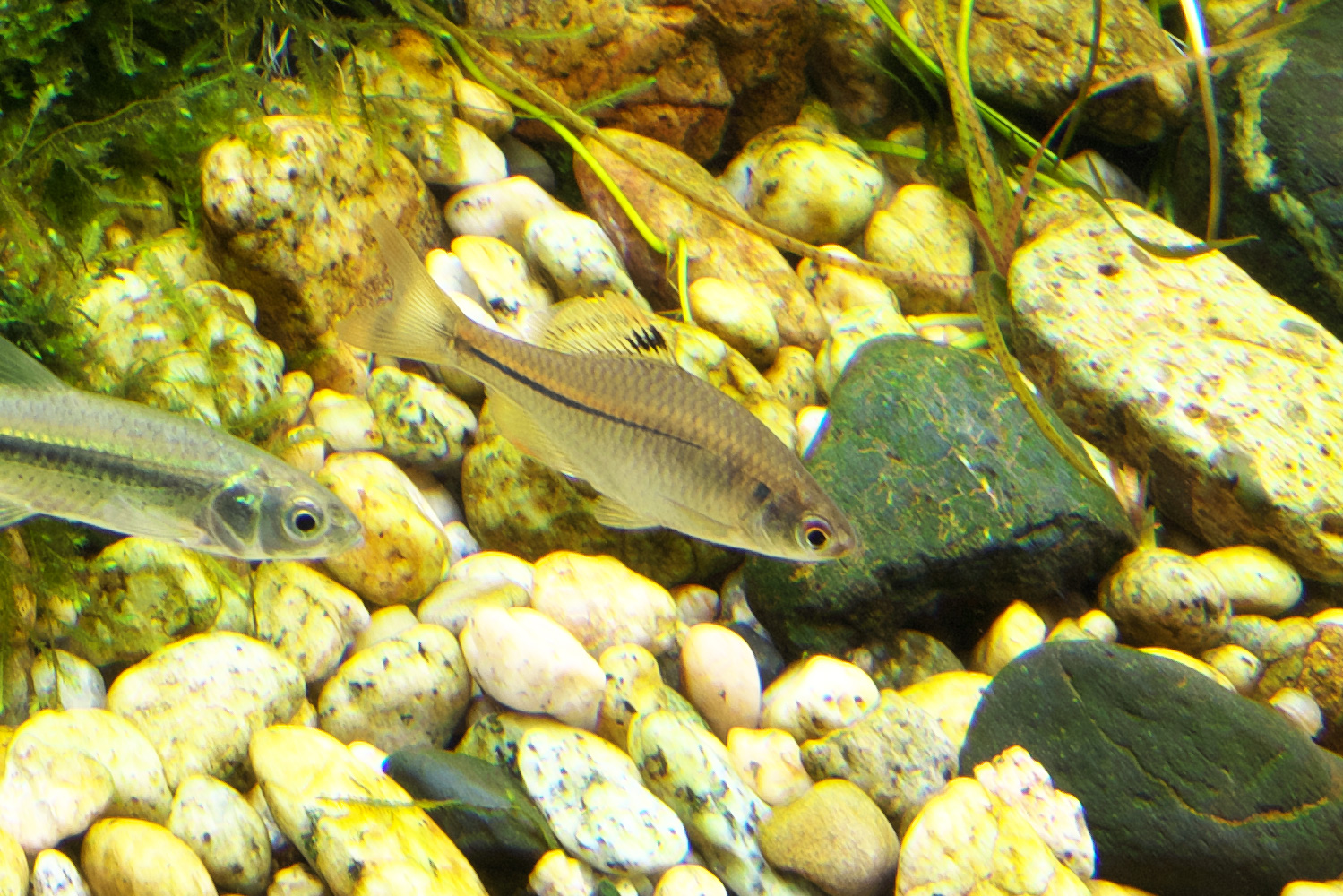
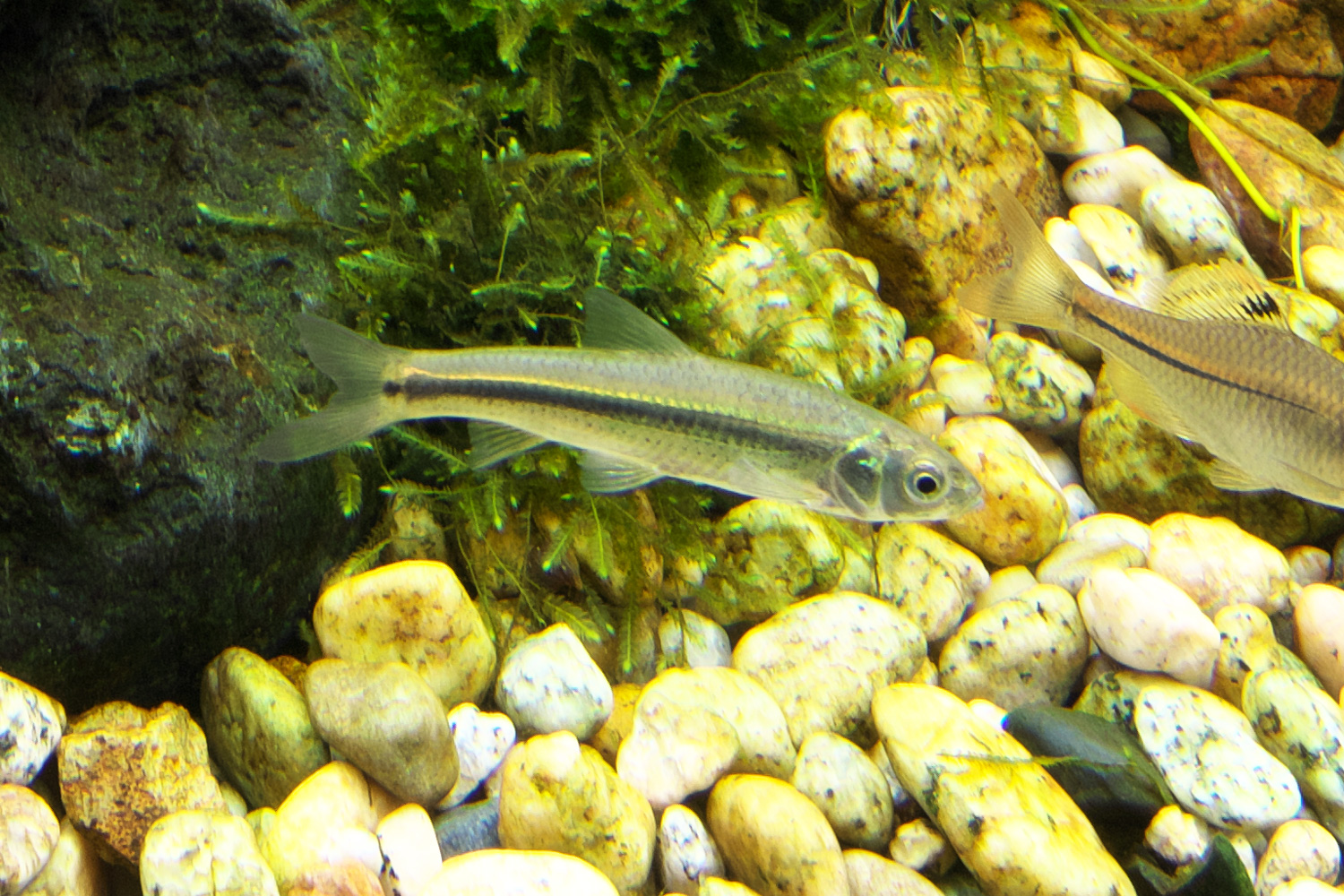

1. The river gravel in the front represents a strong current. The gravel is unevenly distributed as if it is being accumulated by the water flow.
2. The flow in the mid-ground section is rather strong, and the scene is depicted as a thick growth of plants and short aquatic plants weaving between the stones.
3. The background is designed to resemble a landscape of aquatic plants huddled together and growing in a calm stream.
2. The flow in the mid-ground section is rather strong, and the scene is depicted as a thick growth of plants and short aquatic plants weaving between the stones.
3. The background is designed to resemble a landscape of aquatic plants huddled together and growing in a calm stream.
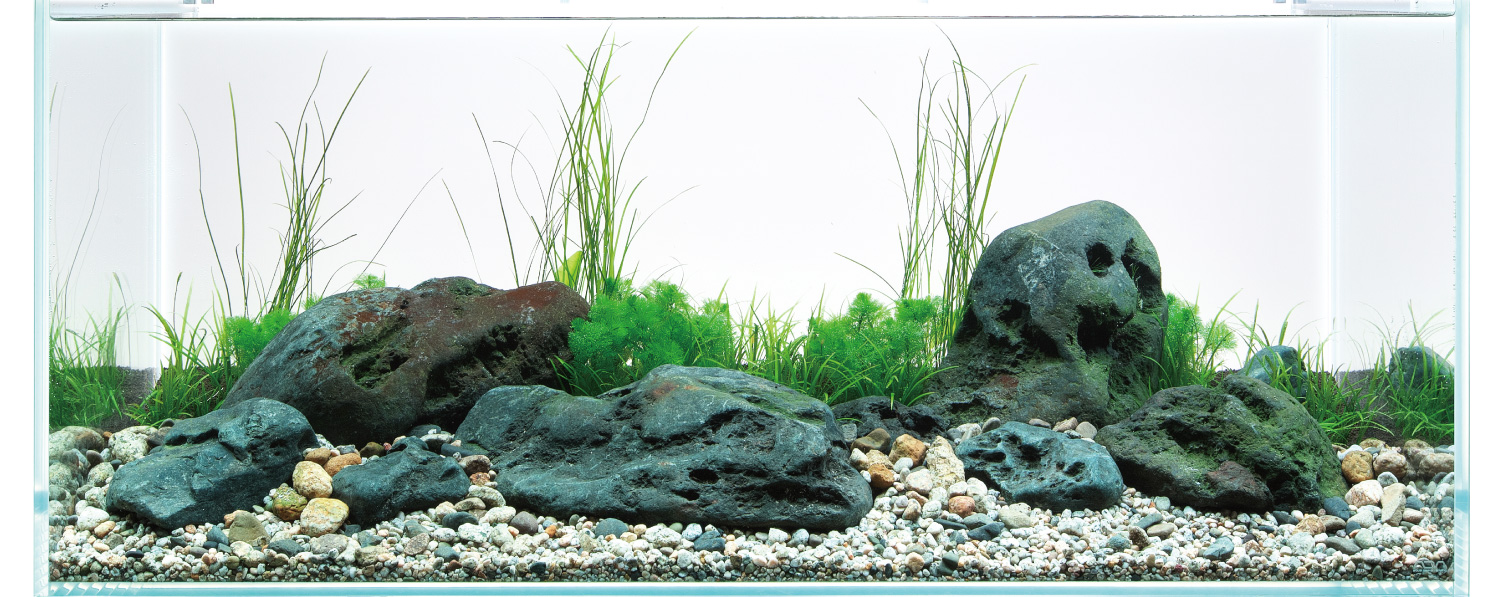
Stone arrangement inspired by nature
In order to express the scenery that I actually observed, I imagined a natural arrangement of stones as if I was looking into the bottom of the stream without making it too formative. The stones were arranged so as not to be monotonous, with an awareness of the flow of water from left to right.
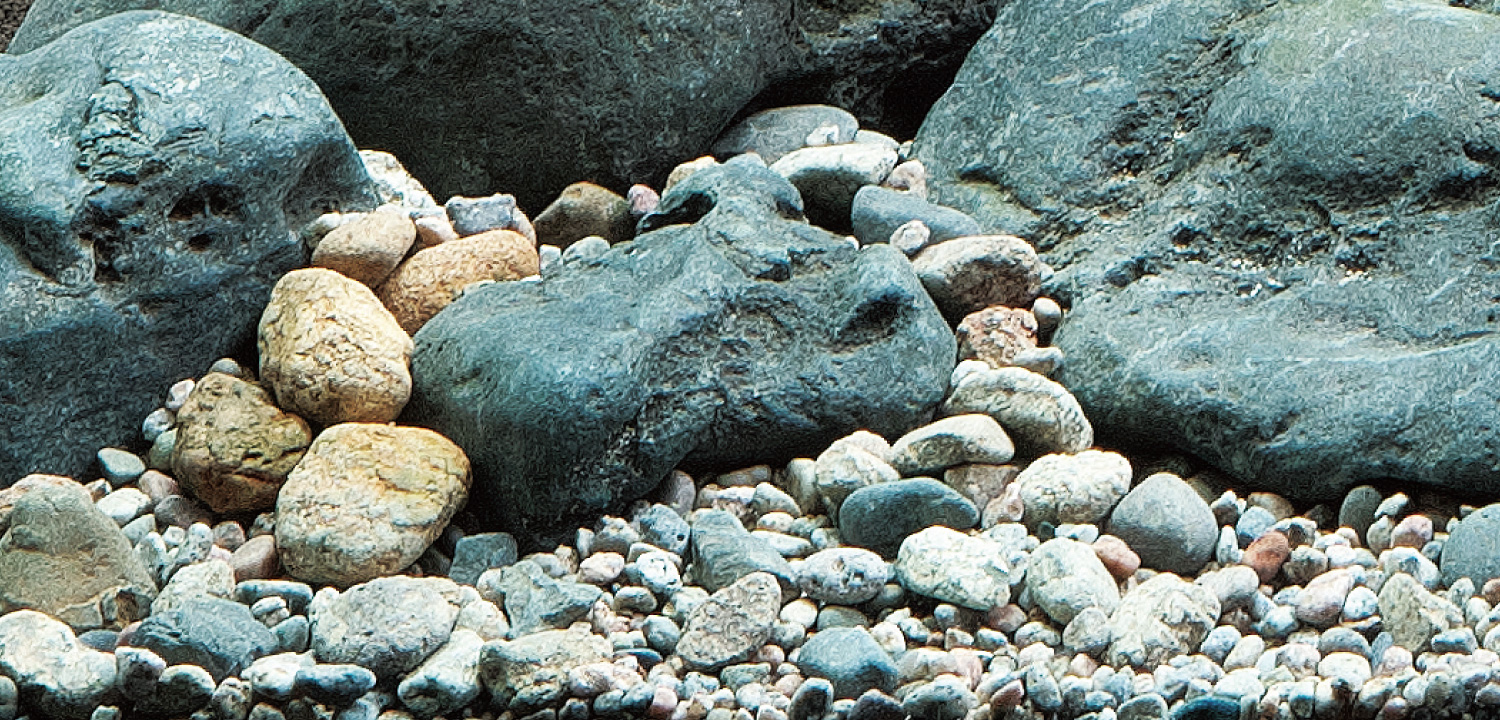
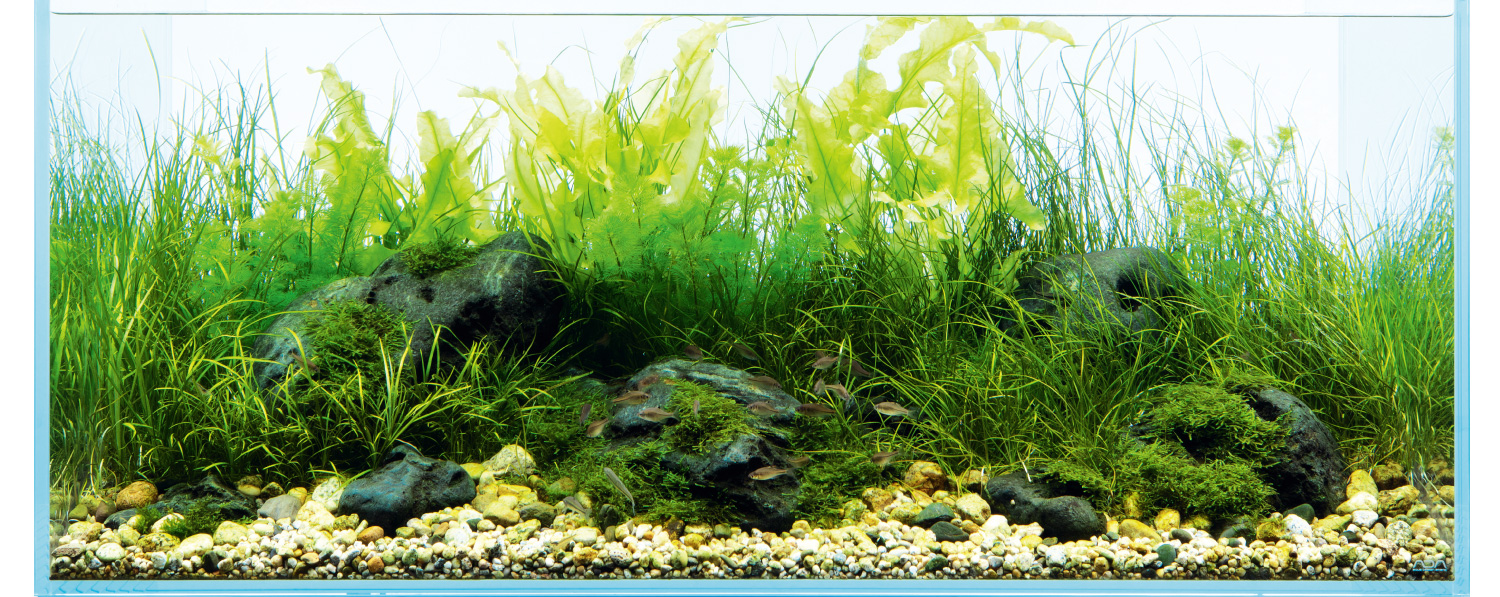
Planting to express the water flow
The large leaves of Nuphar japonica swaying in the water give a sense of gentle flow, while the cellophane-like translucent leaves play a dual role in creating brightness and depth. By planting slender-leafed Vallisneria nana and a stem plant called Cabomba caroliniana around the Nuphar japonica, I aimed to create a natural mixture of plants. In the mid-ground, the deep green color of Taxiphyllum barbieri contrasts beautifully with the bluish color of the Hakkai Stone.
